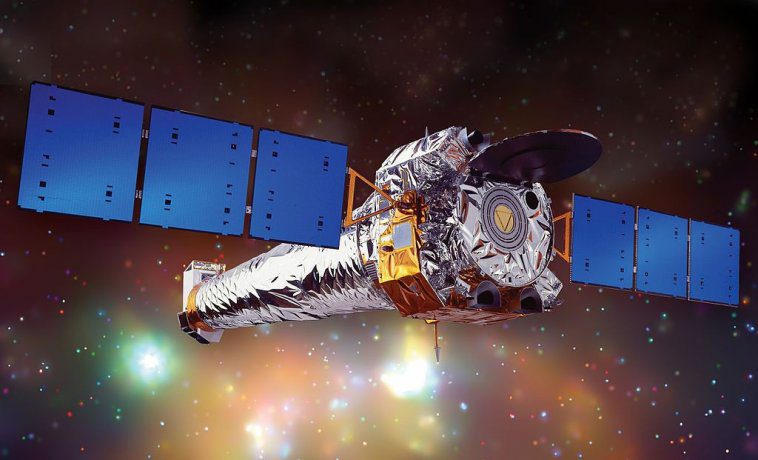NASA’s Chandra X-ray Observatory’s Communications and Public Engagement group uses 3D models and prints to educate and raise awareness about our high-energy universe.
Ever wondered what it feels like to hold a supernova in your hand? April Jubett, who works for the Chandra X-ray Observatory communication team, uses 3D printing and information collected by NASA to enable people to do just that.
NASA’s Chandra X-ray Observatory is a space-based telescope which orbits our planet. Its purpose is to collect data in the form of X-ray light from high-energy objects. These objects could be exploding stars or black holes.
Scientists use the information collected by Chandra in a multitude of ways. For Jubett, this is by explaining science in creative ways. In order to teach us Earthlings about the discoveries, Chandra’s Communications and Public Engagement group creates 3D models and prints. Jubett has been a member since 2001, she explains:
“With recent breakthroughs, such as our ability to map X-ray data of astronomical objects in three dimensions, my team has expanded its role to include 3D printing of such objects, and now even virtual and augmented reality experiences around those data sets.”
Learning about Space with 3D Prints
The group use a multitude of tools for teaching such as videos and podcasts. However, they’ve found that holding a print is a tangible way to help people get their mind around new phenomenas.
“We use our 3D prints with people of all ages and of varying interests and abilities… The idea of holding a ‘dead star’ in your hand seems to appeal to most people with a curious mind. We can use our prints to help explain basic X-ray astronomy, physics, and technology to even very young children,” Jubbet continue.
Her team runs STEM workshops for middle school and high school students. They also work with blind and visually-impaired communities. The 3D printed models, which Jubett creates using Ultimaker 3D printers, make perfect hands-on learning tools.
Students can even get involved on their own by using STL files provided by the team. To do this, they can simply visit the Chandra X-Ray Observatory website.
Jubett prints using PLA and PVA but hopes to try out new materials int he future. Impressively, she taught herself how to use a 3D printer through trial and error. The first model was printed in 2014.
Now, a 3D printer is running 24/7. However, due to a trial and error process, Jubett occasionally ends up with just one model per week. She hopes this will change in future with the creation of better 3D files from X-ray data.
Anyone can learn from the Chandra X-Ray Observatory thanks to Jubett and her team translating scientific data into easy to understand learning tools. Visit the website to find out more and start learning.
Source: Ultimaker
Website: LINK




